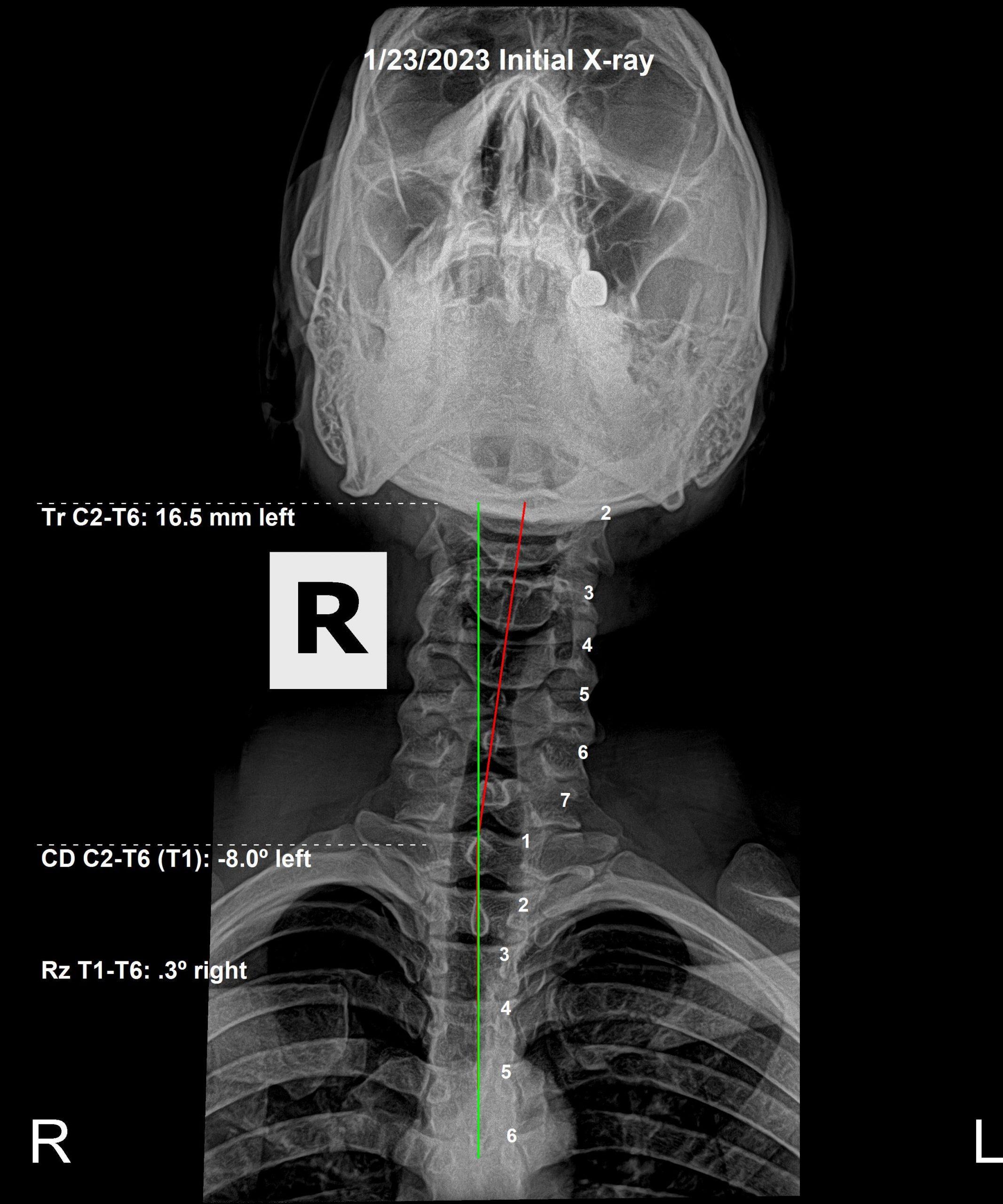How heavy was that pencil?
We have all been there. You see something insignificant on the floor, and without thinking about proper lifting technique, you bend over to pick it up. OOPS!!!! You feel something “pop in your low back” can’t stand up straight. You fall to the floor and can’t stand up. You can’t sit on the toilet. You can’t put on your shoes.
All of those “alarms” your body has been sending you, come to the forefront of your mind. Eyes get wide, heart rate increases, stress goes through the roof. You realize, “How am I going to get the kids to school?” and “How am I going to get to work?”
What happens when you can’t work?
How much OTC NSAIDS (Tylenol, Advil, Aleve, Aspirin, etc) can you take before masking the issue can no longer be masked? Besides all the dangerous effects these drugs have on your system, they don’t actually help you be healthier, they mask the alarms your body is warning you about. Have you been listening and ignoring?
Degenerative changes to the spine never show up from one day to another. Spinal degeneration takes years for develop. Chronic subluxation misalignment, which increases the physical stress on the bones and discs, accelerating breakdown and destruction. Most subluxations are silent and don’t produce symptoms for you to be aware of…. until it is too late!
It was more than a pencil
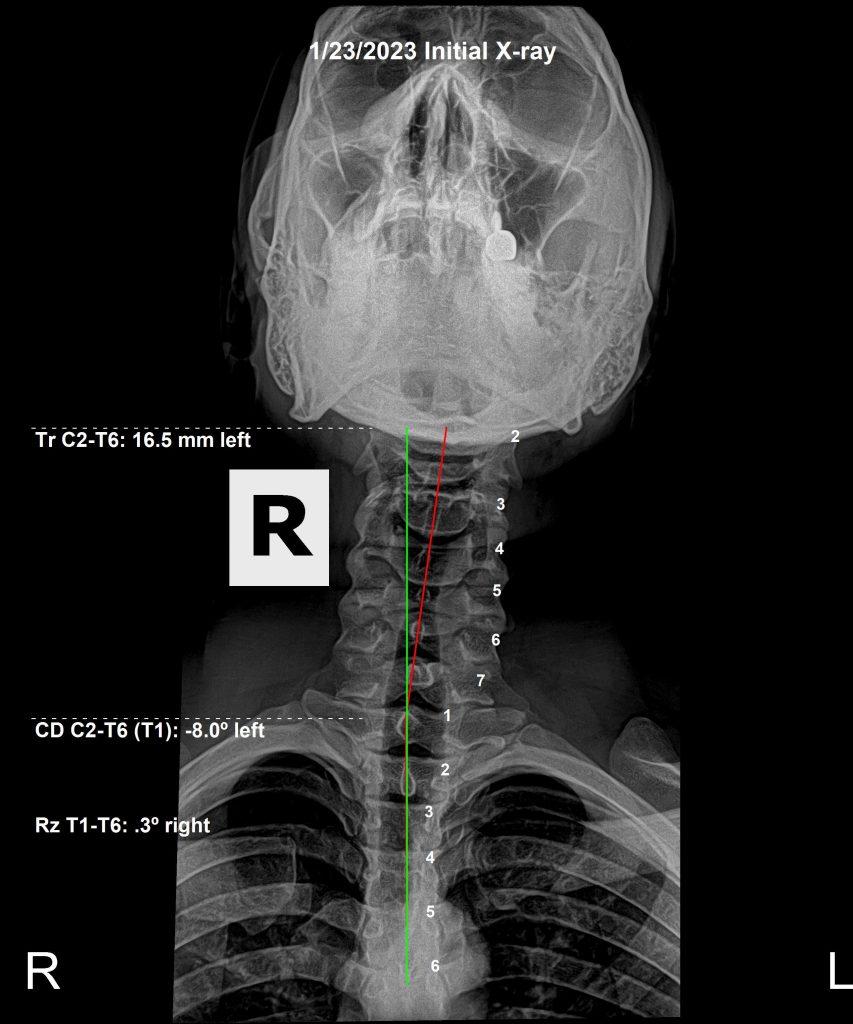
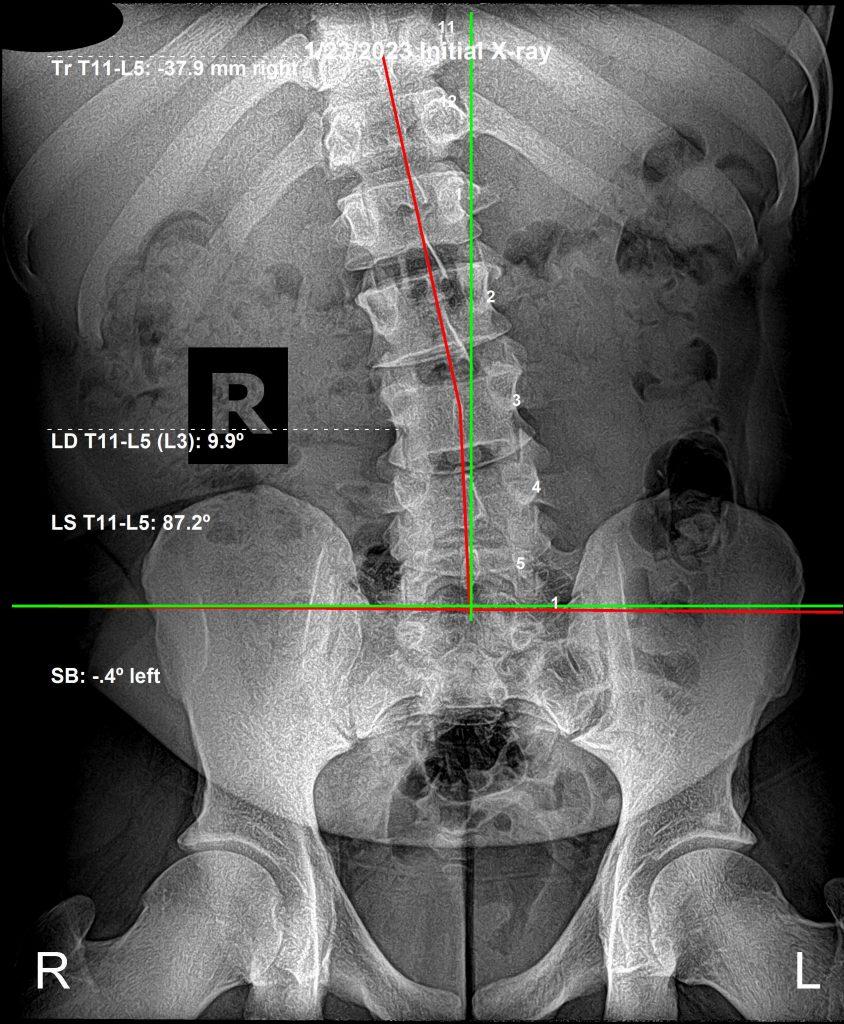
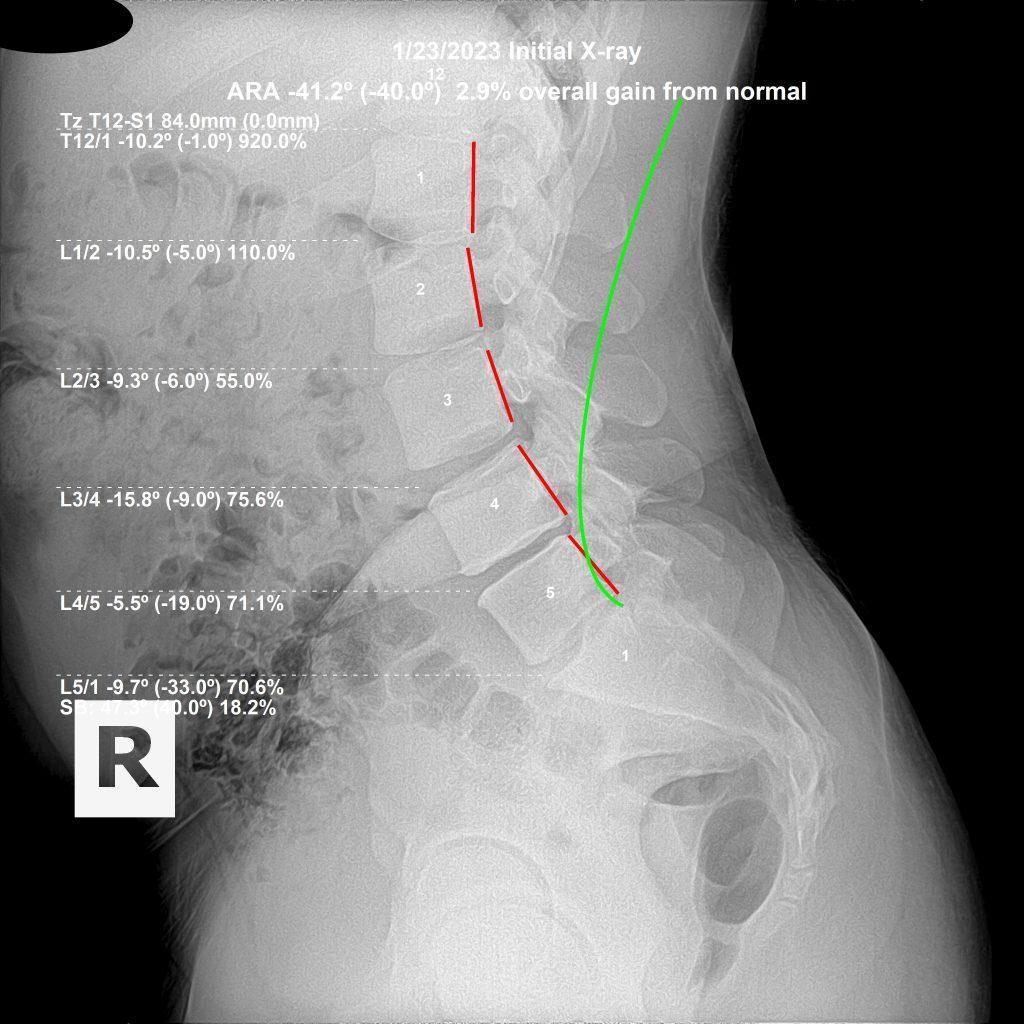
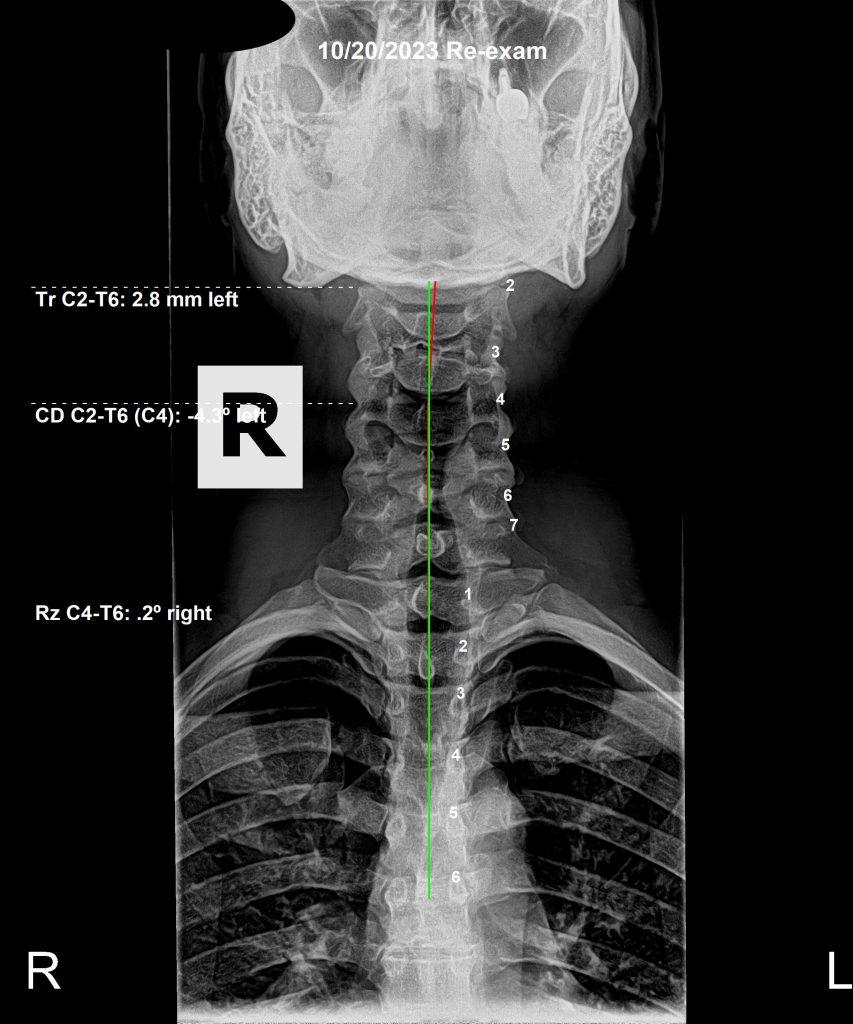
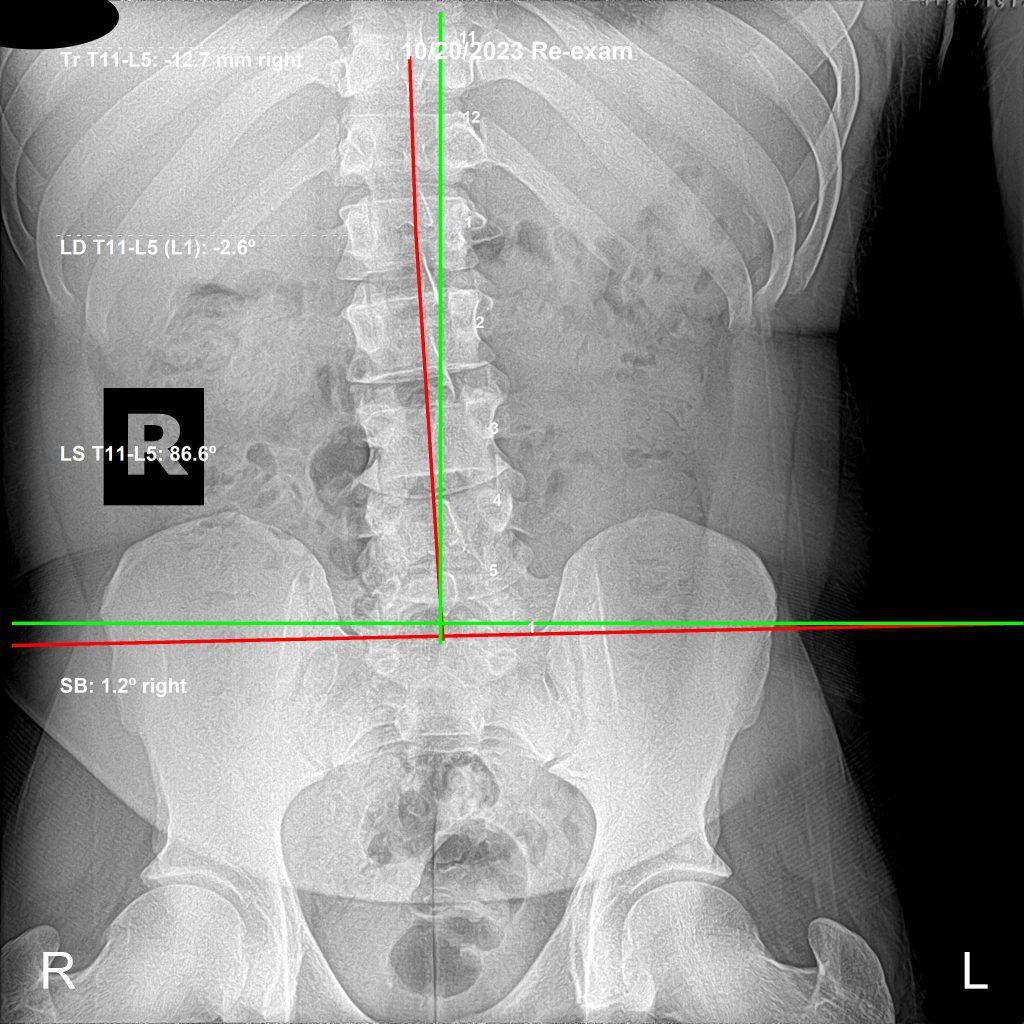
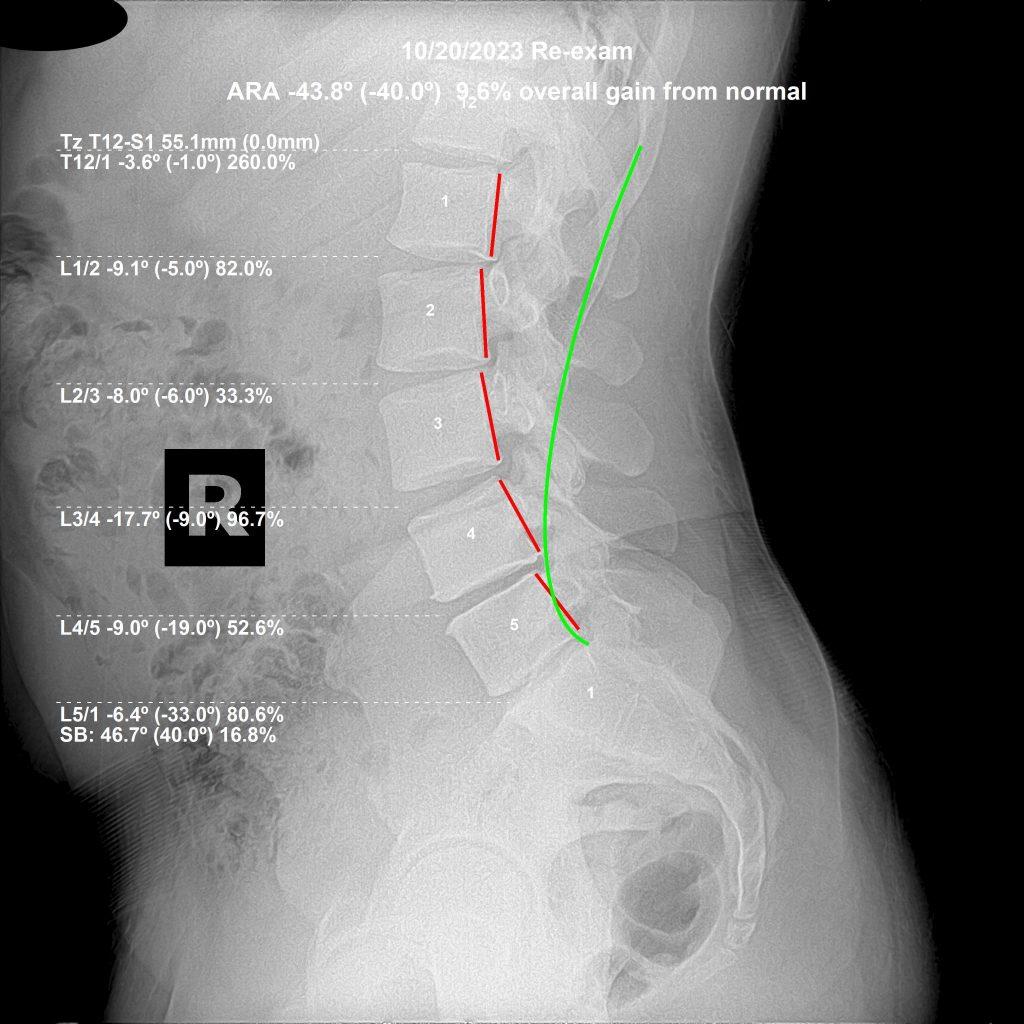
What happens when you can’t work and you have a physical job? In this case, we have a hospital nurse who leads a very active lifestyle. This 33 year old male nurse exercises regularly with both resistance and cardiovascular work. As he went to move a patient, it finally happened: he “threw” his back out. Luckily he was strong enough to not drop the patient, but the damage was done. After a few days of OTC and prescription NSAIDS, without relief, he found us on Google and decided to give chiropractic a try.
We began his care with both adjustments to his spine, where subluxations were present, as well as McKenzie Disc Therapy exercises, to move the discs of his low back away from the sensitive and delicate nerve tissue. Our initial care plan recommendation was for a 6 month window because of how severe his spinal misalignments were. As is common, life happens, and his 6 month care plan turned into a 9 month plan. Does that affect outcomes, Yes. But because of how amazing the Innate intelligence of the body is, correction still occurred. Not only has he regained confidence and stability, he has been able to return to full exercise and work, without fear of his back being injured again.
Final thoughts…
Don’t wait to get checked for subluxation misalignment. Getting checked and adjusted early, before symptoms begin, will make sure you are proactively taking care of yourself. If you wait for symptoms to show up to be seen by a principled chiropractor, your care is going to be more expensive, it is going to take much more time to get better, and sometimes, the damage done is irreversible. What happens when you can’t work, and you can’t take your kids to school, and you can’t take a shower, and you don’t have anyone around to help you? Be proactive. Get analyzed and adjusted and start your health care properly.

